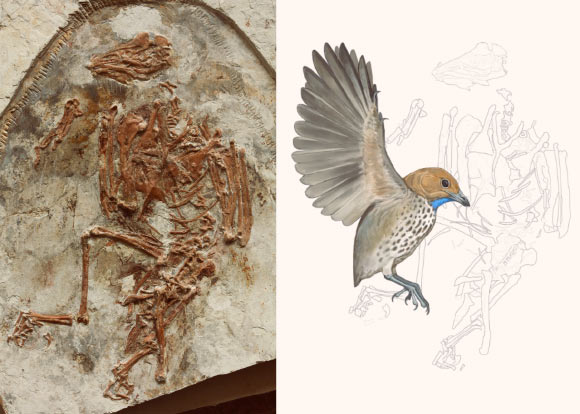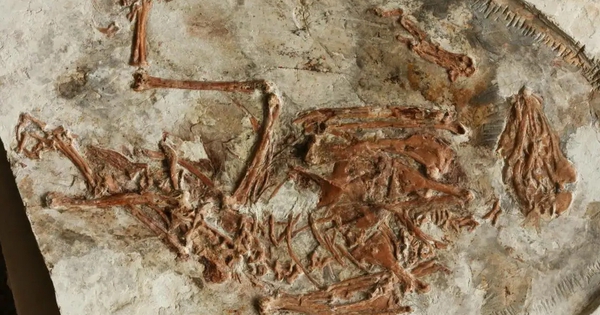Surprising Discovery of a 120-Million-Year-Old “Alien Creature” in China

Imparavis attenboroughi, recently unearthed in the Shandong province of China, showcases the remarkable transformation of a creature that has just shed its dinosaur-like appearance.
Unveiling the Enigmatic Imparavis attenboroughi
The evolutionary lineage of birds can be traced back to dinosaurs, making them the sole descendants of these prehistoric reptiles[^1^]. The recently discovered Imparavis attenboroughi, a representative of these ancient birds known as Enantiornithes, dates back 120 million years. Enantiornithes is characterized by a unique feature—its shoulder joints are opposite to those of modern birds[^2^].
Alongside dinosaurs, pterosaurs, mosasaurs, and ichthyosaurs, this bird species bears traces of this unfinished evolution, which eventually became extinct during the Chicxulub asteroid impact 66 million years ago[^3^]. However, these fascinating fossils have provided invaluable insights into the historical transformation of birds and their ability to survive in challenging ecological conditions during the era of mass extinction[^4^].
The Fascinating Evolutionary Journey of Birds
The transition from dinosaur to bird involved the abandonment of reptilian traits such as teeth and clawed limbs. Most Enantiornithes possessed these traits[^5^]. “If you were to travel back 120 million years in Northeast China, you would see something that resembles a red crane or heron, but then it would open its mouth full of teeth, spread its wings, and reveal its dinosaur-like features,” said Dr. Alex Clark, co-author of the study and curator at the Field Museum in the United States[^6^].
Imparavis attenboroughi, however, is the first discovered Enantiornithes species without teeth, making it the oldest known toothless bird. This finding pushes the timeline for toothless beak evolution back by 120 million years, an astonishing 48-50 million years earlier than previously thought[^7^].
Another intriguing aspect that led Dr. Clark and his team to identify this as a new species is a bone prominence located at the junction of its wings. This feature enhances wing flapping, allowing for stronger flight capabilities[^8^]. Unlike its contemporary bird relatives that primarily lived in trees, this species could fly proficiently and forage on the ground, which facilitated the development of its toothless beak[^9^].
The Complexity of Avian Evolution
The new data sheds light on the intricate history of avian evolution. It not only tells the story of one species but also contributes to our understanding of how many Earth organisms evolved to overcome mass extinctions, including our mammalian ancestors[^10^]. The study has been published in the scientific journal Cretaceous Research[^11^].
To learn more about the latest discoveries in the world of finance and economics, visit Business Today.

